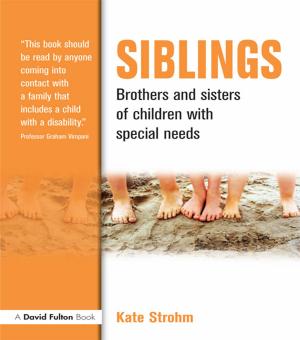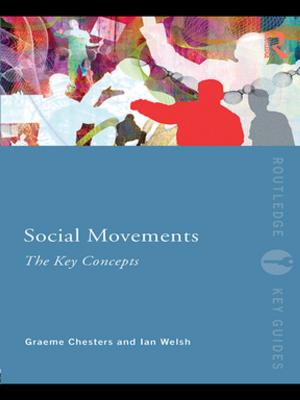Grief and the Expressive Arts
Practices for Creating Meaning
Nonfiction, Health & Well Being, Psychology, Counselling, Mental Health| Author: | ISBN: | 9781135088064 | |
| Publisher: | Taylor and Francis | Publication: | January 10, 2014 |
| Imprint: | Routledge | Language: | English |
| Author: | |
| ISBN: | 9781135088064 |
| Publisher: | Taylor and Francis |
| Publication: | January 10, 2014 |
| Imprint: | Routledge |
| Language: | English |
The use of the arts in psychotherapy is a burgeoning area of interest, particularly in the field of bereavement, where it is a staple intervention in hospice programs, children’s grief camps, specialized programs for trauma or combat exposure, work with bereaved parents, widowed elders or suicide survivors, and in many other contexts. But how should clinicians differentiate between the many different approaches and techniques, and what criteria should they use to decide which technique to use—and when? Grief and the Expressive Arts provides the answers using a crisp, coherent structure that creates a conceptual and relational scaffold for an artistically inclined grief therapy. Each of the book’s brief chapters is accessible and clearly focused, conveying concrete methods and anchoring them in brief case studies, across a range of approaches featuring music, creative writing, visual arts, dance and movement, theatre and performance and multi-modal practices. Any clinician—expressive arts therapist, grief counselor, or something in between—looking for a professionally oriented but scientifically informed book for guidance and inspiration need look no further than Grief and the Expressive Arts.
The use of the arts in psychotherapy is a burgeoning area of interest, particularly in the field of bereavement, where it is a staple intervention in hospice programs, children’s grief camps, specialized programs for trauma or combat exposure, work with bereaved parents, widowed elders or suicide survivors, and in many other contexts. But how should clinicians differentiate between the many different approaches and techniques, and what criteria should they use to decide which technique to use—and when? Grief and the Expressive Arts provides the answers using a crisp, coherent structure that creates a conceptual and relational scaffold for an artistically inclined grief therapy. Each of the book’s brief chapters is accessible and clearly focused, conveying concrete methods and anchoring them in brief case studies, across a range of approaches featuring music, creative writing, visual arts, dance and movement, theatre and performance and multi-modal practices. Any clinician—expressive arts therapist, grief counselor, or something in between—looking for a professionally oriented but scientifically informed book for guidance and inspiration need look no further than Grief and the Expressive Arts.















